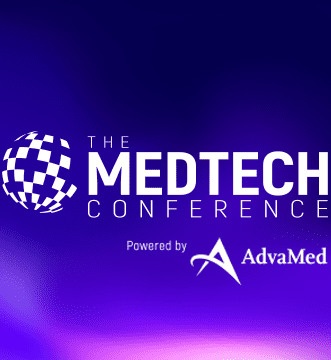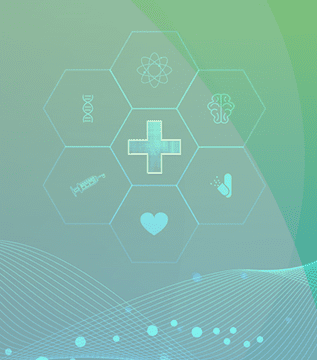
Article
The Future of MedTech: Insights from Industry Leaders
The COVID-19 pandemic rapidly accelerated the rate at which patients adopted digital health solutions like telemedicine, medical devices and remote monitoring. But just as there’s a difference between attending an online class and actively engaging with online learning, it takes more than just “showing up” to get the full benefit of digital health. A medical device that patients use isn’t the same as a medical device that patients are actively engaged with and use to get the maximum improvement to their health.
For makers of Software as a Medical Device (SaMD), Digital Therapeutics (DTx) and connected medical device systems, the billion dollar question is how to engage patients with medical devices outside of the doctor’s office or hospital room. The answer? Human-centered design. Only with this approach can we develop connected medical devices that seamlessly fit into the flow of users’ lives, and achieve their full potential to improve patient outcomes and democratize healthcare.
Orthogonal’s CEO and Founder Bernhard Kappe and Adrian Pittman, User Experience Design and Human Factors expert, currently Director of Product Design at LinkedIn (previously of Google and Orthogonal), sat down with Gia Rozells, Senior Director of User Experience Design at Becton Dickinson, and Christi Zuber, founder and Managing Director of Aspen Labs, to talk about “Patient Engagement & Connected Medical Devices.” This diverse group of voices (with decades of cumulative experience) share their insights as well as their ambitions for the future. If you’re interested in pushing digital health and connected medical devices to their maximum potential, then this conversation is one you won’t want to miss.
The pandemic revealed startling gaps in the accessibility of healthcare for many vulnerable and underserved people. SaMD, DTx and connected medical devices have the potential to close some of those gaps by bringing powerful health solutions into patients’ homes and lives. Bernhard, Adrian, Gia and Christi discuss how ethnographic research and human-centered design helps us understand what connected medical devices need to do to improve patient engagement and ultimately patient health.
Bernhard, Adrian, Gia and Christi dive into the art and science of user-centered research and design processes for SaMD, DTx and connected medical devices. They describe compelling real world examples of the value of getting to know your end user and of designing for accessibility. They also discuss the lessons that can be learned from other industries to improve how healthcare tackles user experience and human-centered design.
What might the future hold for connected medical devices and patient engagement? Bernhard, Adrian, Gia and Christi discuss increasing healthcare access and equity, engaging clinicians with new technology and understanding the diversity of users and of situations they find themselves in when using SaMD, DTx and connected medical devices.
You can read the full transcript of Episode 3 here.
Orthogonal wants to thank Adrian, Gia and Christi for their time and valuable insights.
Subscribe Today
Related Posts

Article
The Future of MedTech: Insights from Industry Leaders

Article
From Self-Taught Developer to Delivery Manager: How Beth Arnold Supports SaMD Innovation

Talk
Lessons Learned from 2025, Plans for 2026 for Digital

Talk
SaMD Development and the Use of AI Tooling